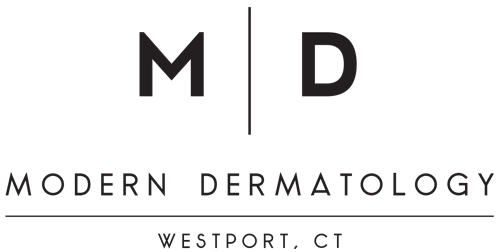Head lice
Head lice are tiny insects with six legs that adhere to the scalp and neck and feed on human blood. Each louse is about the size of a sesame seed, while the eggs (nits) are glued onto hairs near the scalp – both louse and nits are difficult to see. Lice can be white, brown or dark gray in color and are most often found in the hair at the back of the neck or behind the ears. Research suggests combing through wet hair helps to more easily detect an infestation.
Head lice spreads through direct head to head contact. It is most common among young children in day care, preschool or elementary settings. Lice only survives for a short period of time on clothing or other items like a hat or hairbrush. Lice cannot jump or fly from one person to another – direct contact is required.
In most cases head lice doesn’t cause any discomfort; however, when symptoms do emerge, the most common problem is itching, which may start weeks or even months after infestation.
If you suspect your child has head lice you should notify your child’s day care or school so other students can be checked and examined, as well as other household contacts. Anyone who has an infestation must seek treatment as head lice will not go away on its own. The best defense is to examine your child's hair and scalp regularly so you can catch an infestation early – quick treatment will help prevent the bugs from spreading to the rest of the family.
Treatment can be sought with over the counter or prescription lice-killing treatments or by physical removal of the lice and nits. Shaving the head is also an option. Often multiple treatments are needed. It is recommended to wash bedding, stuffed animals, clothing and other items that may have been in contact with the lice in hot water then in a hot dryer. Head lice are not a sign of poor hygiene – the bugs can survive underwater for up to six hours. Lice do not carry disease.

